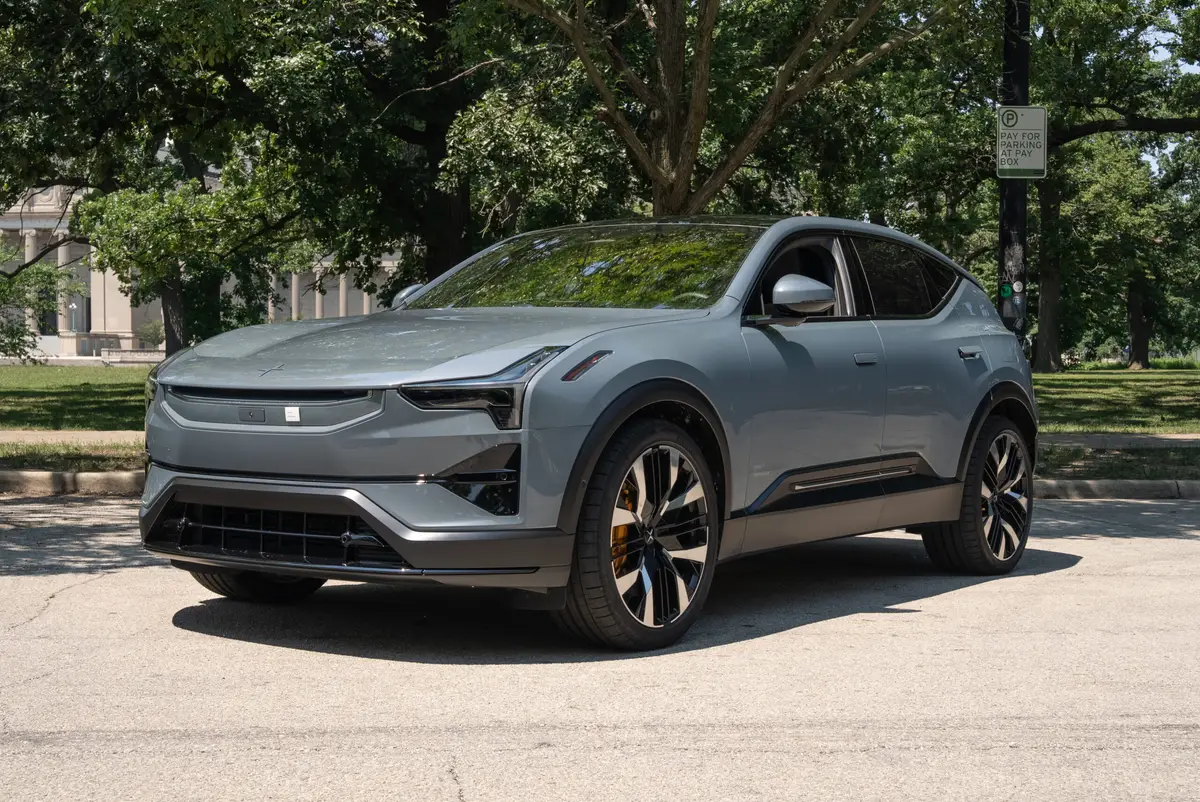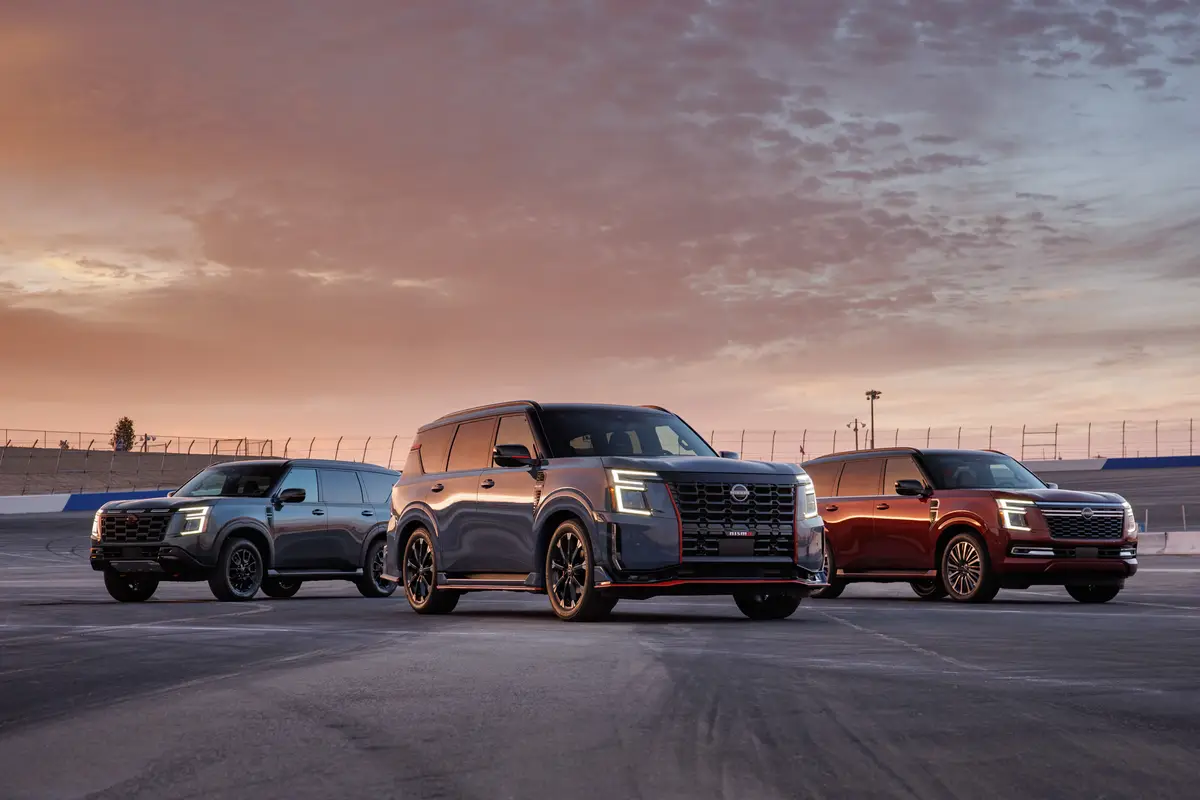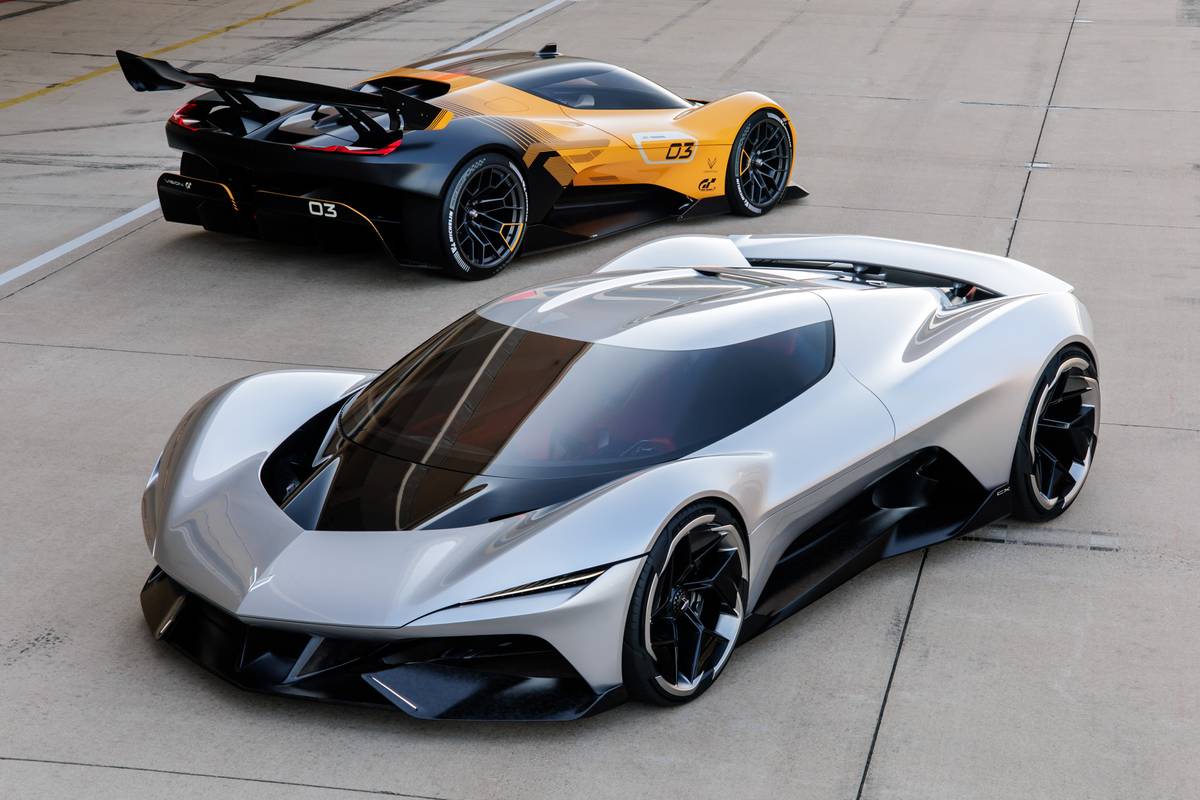chicagotribune.com's view
The RX300 sedan/sport-utility crossover first appeared in the 1999 model year and quickly became Lexus’ best-selling model.
Lexus found that folks liked the ride and handling of a sedan and the function of a sport-ute in the same package. More than 70,000 are sold annually.
It has done so well that generation II will arrive as an ’04 model renamed the RX330, and is expected to be given an early preview at the Detroit Auto Show in January.
Nissan finally got the message and has come around with its own sedan/sport-ute crossover, the new-for-’03 Murano. Nissan waited because it wanted to build Murano off the same platform as its next-generation and bigger Altima sedan, which bowed for ’02.
Better late than never.
Murano is a slightly different animal than the Lexus RX, a sedan/ute that transports you in style regardless of the weather. Murano has style, too, but a bit more substance. Murano sports a bolder design and stands on 18-inch all-season radials that give it a more rugged, go-anywhere-type look.
The RX is more dainty, the Murano more daring. The RX offers a 3-liter, 220-h.p. V-6, while Murano boasts a 3.5-liter, 245-h.p. V-6, same one offered in both the Altima and Maxima sedans. You’ll enjoy lively takeoffs and spirited maneuvers that complement Murano’s adventurous demeanor.
The V-6 comes standard with Xtronic, its new automatic continuously variable transmission (CVT). With traditional 4-, 5- or 6-speed automatics you feel “steps” between each gear. A CVT employs a belt and two pulleys, varying the diameters of those pulleys to provide an infinite number of gears without the steps for smoother, quieter operation.
Nissan also credits the CVT for Murano’s 20 m.p.g. city/25 m.p.g. highway mileage with FWD and 20/24 with AWD.
Murano is offered in SL and SE versions and offers a choice of front- or all-wheel-drive. To distinguish the two, the all-wheel-drive version carries an “AWD” badge on the hatchlid.
We tested the SL with FWD, which arrived at the same time as more than a couple inches of snow. Had to admit the absence of “AWD” letters on the lid was disappointing. But this Murano made up for it by coming with the optional ($749) dynamic control package featuring dynamic vehicle control/traction control that handled the roads well both before and after the plows arrived.
Dynamic vehicle control contributes to stability by automatically applying brake pressure at a slipping wheel and/or regulating engine torque to prevent skid or slide in turns as well as the straightaways. The all-season radials offer added insurance by providing very good grip on snow-covered as well as clear roads.
Murano is built in Japan off a slightly shorter (4 inches) but wider (4 inches) version of the same platform as the Altima sedan. Shorter means easier to maneuver and park. Wider means lots more cabin room, not to mention the contribution wider stance makes to corn ering and turning.
Even though the chassis sits higher than most sedans to accommodate AWD, Murano doesn’t feel top-heavy or wobbly on twisting roads. And it’s easy to enter or exit without need for running boards. When the roads are dry, the four-wheel independent suspension provides smooth sedan-like ride.
Thanks to the optional ($1,499) premium package Murano came with power adjustable pedals that motor the brake/gas pedals to/from you to accommodate different-sized drivers. The RX doesn’t have adjustable pedals.
Once inside, however, you may need a second to adjust to your surroundings. Murano comes with a choice of charcoal or cabernet interior decor. The test car was finished in cabernet, a cross between rust and dark orange. The color will wake you up before that first cup of coffee.
The dash top is large and long, a feature that was sharply criticized in the General Motors “dust buster” minivans of the ’80s. Have to admit that then, as now, a la ge and long dash top is appreciated because it provides the perception that there’s lots of space between you and any point of contact up ahead.
In the event of contact, however, there’s dual front and side-impact air bags as well as side air curtains. And the front seat bags come with special sensors. In very low-speed impacts only the air bag in front of an unbelted occupant will deploy when the sensors determine the belt alone will protect a buckled occupant.
Murano noteworthy goodies include a lightweight steel-reinforced plastic hatchlid that makes opening/closing effortless.
Also, Murano comes with two rows of seats and a wide and spacious cargo hold in back. If you need more cargo space you have two choices to lower the second-row seat backs–one the traditional seat strap that you pull from inside the cabin, the other a pair of handles on either side of the cargo wall in back that you pull from outside the cabin.
If you need to hold small items out of sight, the cargo floor lifts to reveal several compartments underneath.
There’s also a small storage ledge under the dash, but a pod that holds the optional ($1,999) navigation system/temperature/radio controls juts out from the dash and blocks access to it.
There also are fold-out map/junk holders in both front doors, and a deep holder under the center arm rest to store more items. Lexus RX, which Nissan considers a competitor to Murano, has gained a reputation as a vehicle favored by women, in part because from day one Lexus boasted that you can stow a purse in the center console. Murano, on the other hand, is less gender specific, boasting that you can hold a box of tissue in the center console.
A pair of covered coin holders in front of the armrest keep toll change out of sight, but within reach. A power plug for your cellphone is housed in the armrest compartment, but deep in the bottom and not the handiest to reach.
Within 6 months, the armrest top will house an optional pop-up DVD screen for an onboard entertainment system–which makes moving the power plug even more important. Most entertainment systems now feature screens that fold down from the ceiling, which typically rules out a sunroof. Murano will offer both.
Murano starts at $28,200. Standard equipment includes 4-wheel ABS, dual-zone climate control, AM/FM/CD audio system, power windows/locks/driver’s seat, remote keyless entry, cruise control and fog lamps.
But our test vehicle was loaded with costly options, those noted above plus a $1,299 cabernet leather package, $499 cold package (heated seats and mirrors) and $999 sunroof. The final tally on the window sticker was more than $35,000.
Nissan expects it can sell 50,000 Muranos annually.
Latest news

2025 Polestar 3 Review: Understated Electrified Luxury


